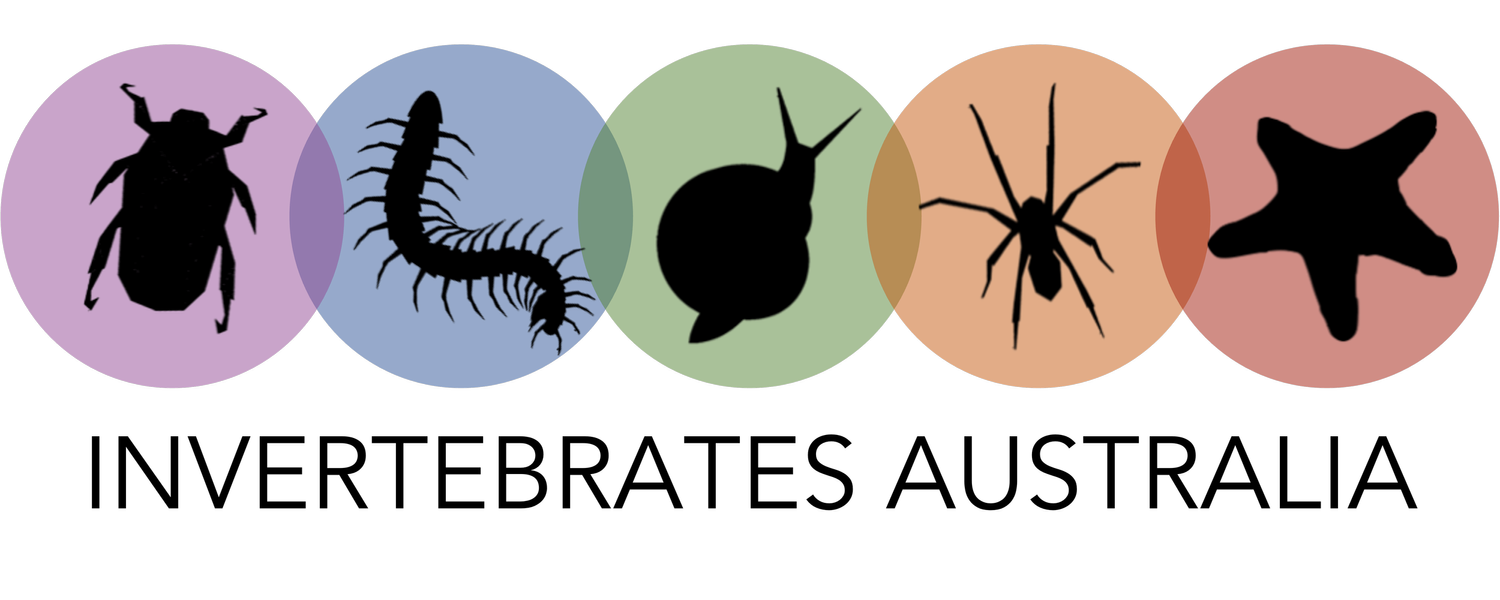Conservation Assessments
Clear and consistent evidence from around the world shows that conservation efforts for invertebrates (such as bees, butterflies, corals, lobsters, spiders, earthworms, snails, and octopuses) must be scaled up immediately to avoid ecosystem collapse. Invertebrates are vital to all ecosystem functions including pollination, nutrient cycling, and pest management. Their decline, and the current lack of conservation action, is an unacceptable risk.
For most invertebrate species there are huge gaps in knowledge, with most species yet to be described, so we do not know what species are out there, where they are, or what’s threatening them. It is therefore difficult to work out which species are most imperiled, and at highest risk of extinction. We do know that invertebrates face a higher extinction risk if they have specialist habitat requirements and only live in limited areas. We can help lower the rate of invertebrate extinctions by better protecting their habitat and controlling key threats (such as habitat destruction and the broad-scale use of insecticides).
To provide better protection across all of Australia’s biodiversity, we need to give more priority to taxonomic research, ensure more comprehensive monitoring and assessments and enhance public awareness of concern for invertebrates. For the species with enough data, conservation assessments play a vital role in identifying species at risk and the threats that are impacting them. By assessing species as threatened, we can ensure invertebrates are properly represented on threatened species list and are protected.
IUCN Red List Assessor Training
In this free curriculum, you will learn about the IUCN Red List assessment process and how to compile a scientifically rigorous IUCN Red List assessment.
Conservation Assessments for Fire Affected Invertebrates
Many thousands of invertebrates had some of their known range impacted by the 2019-2020 fires in Australia, and for a large number of species their entire range, as we know it, was burnt. For some of these species the population loss that occurred is likely to have pushed them closer to extinction and they now may need our help to enable them to recover, to protect the places they live in, and to control the threats that are impacting them.
Amongst the most at-risk species are those that belong to ancient lineages that have existed in Australia for millions of years, but whose fire-sensitive habitat is now in retreat and, in a future marked by increasing risk of more frequent and severe fires, is likely to offer them little security. For these species, and others at risk, recognising them as threatened under the Australian Government’s Environment Protection and Biodiversity Conservation Act 1999 (EPBC Act) is an important step in their protection and recovery.
Image: a ‘skyhopper’, Kosciuscola sp., endemic to the Australian High Country
(image: Kate Umbers)
Help us identify inverts
Listing a species as threatened requires a large amount of data on where the species is and isn’t found. This takes time and specialist knowledge.
But funding is scarce. Your donation will help us to be able to conduct more on-the-ground work.


